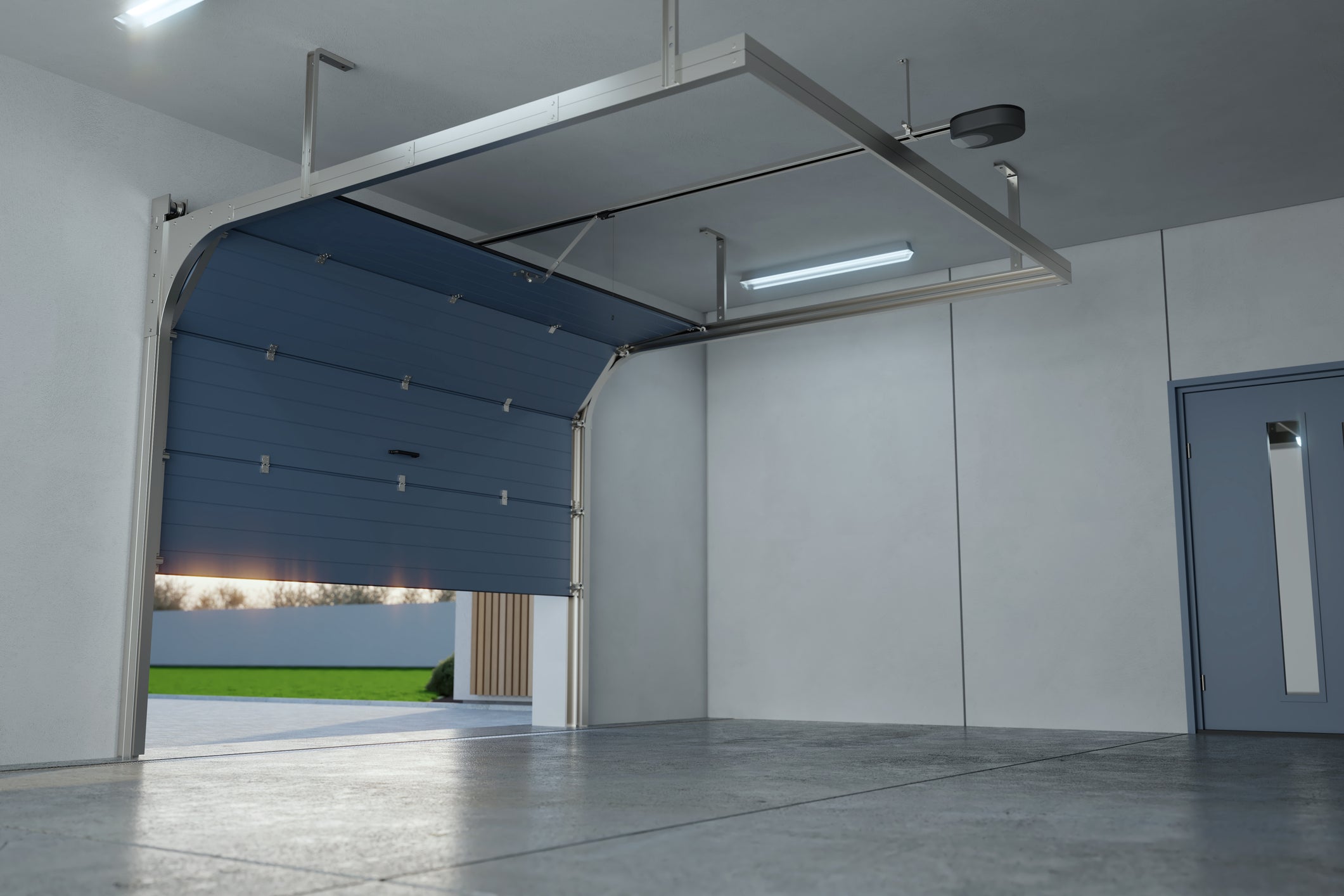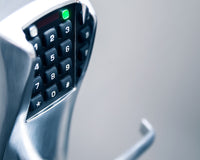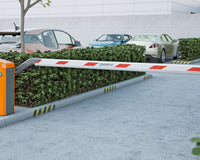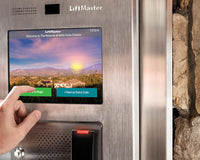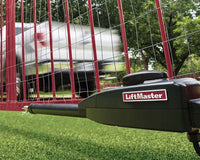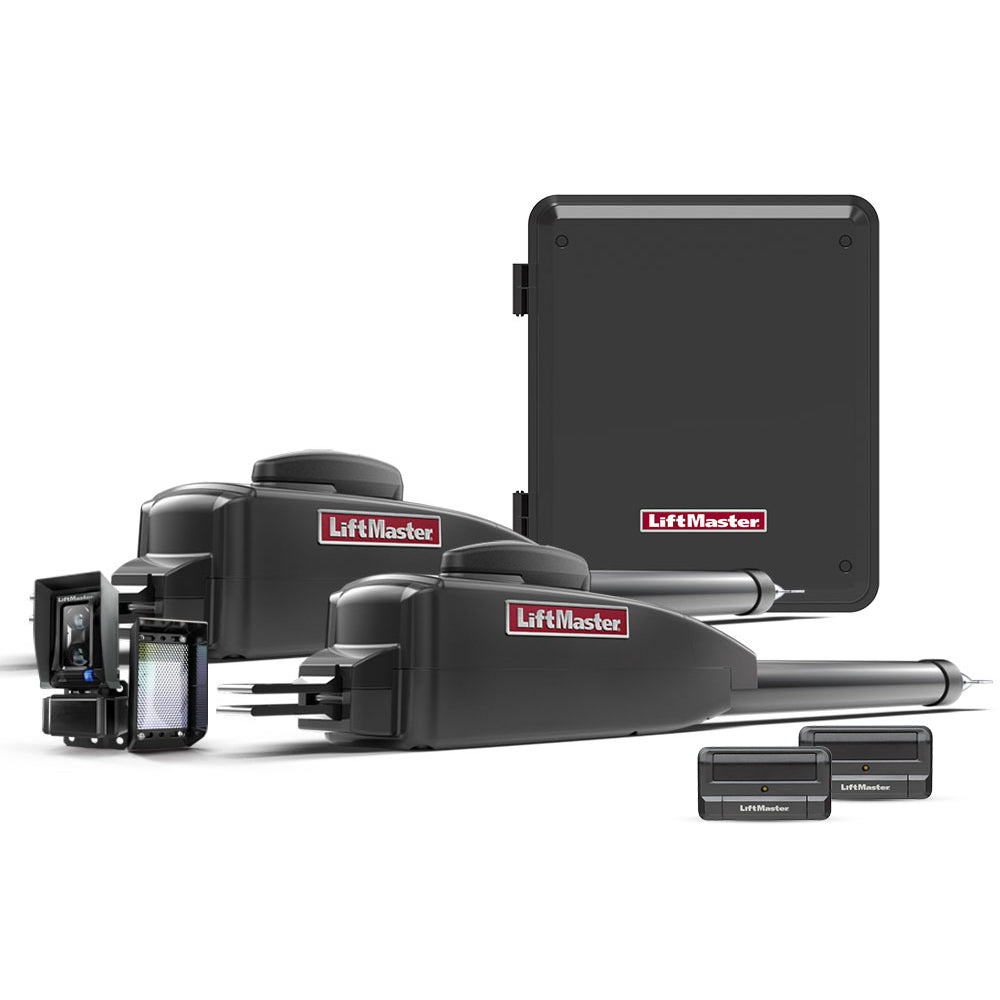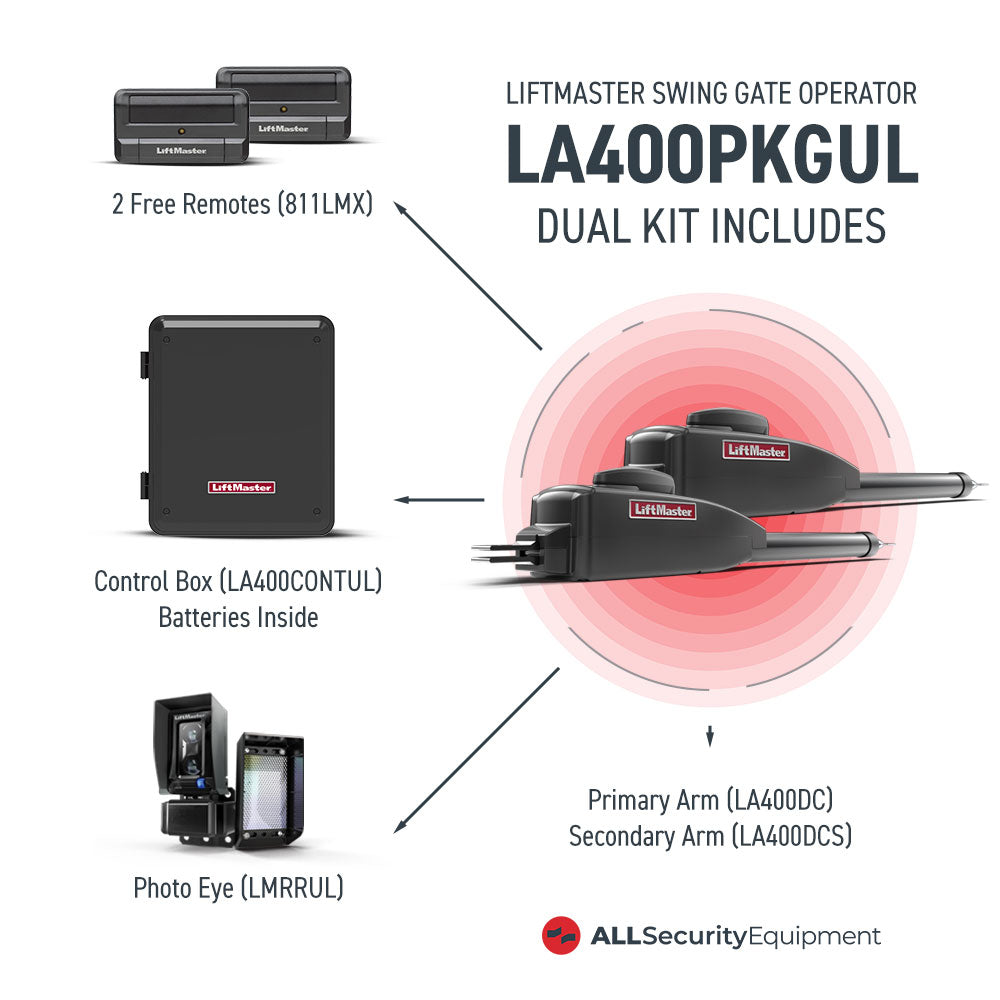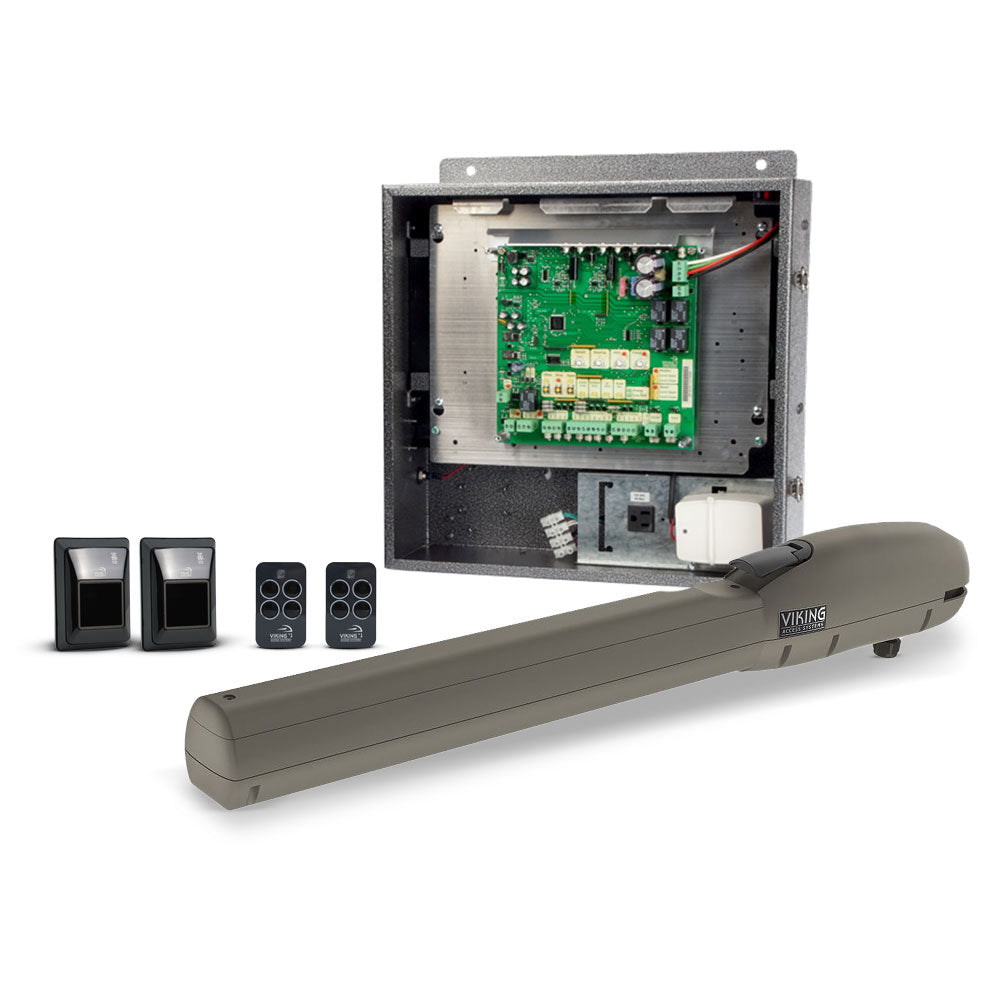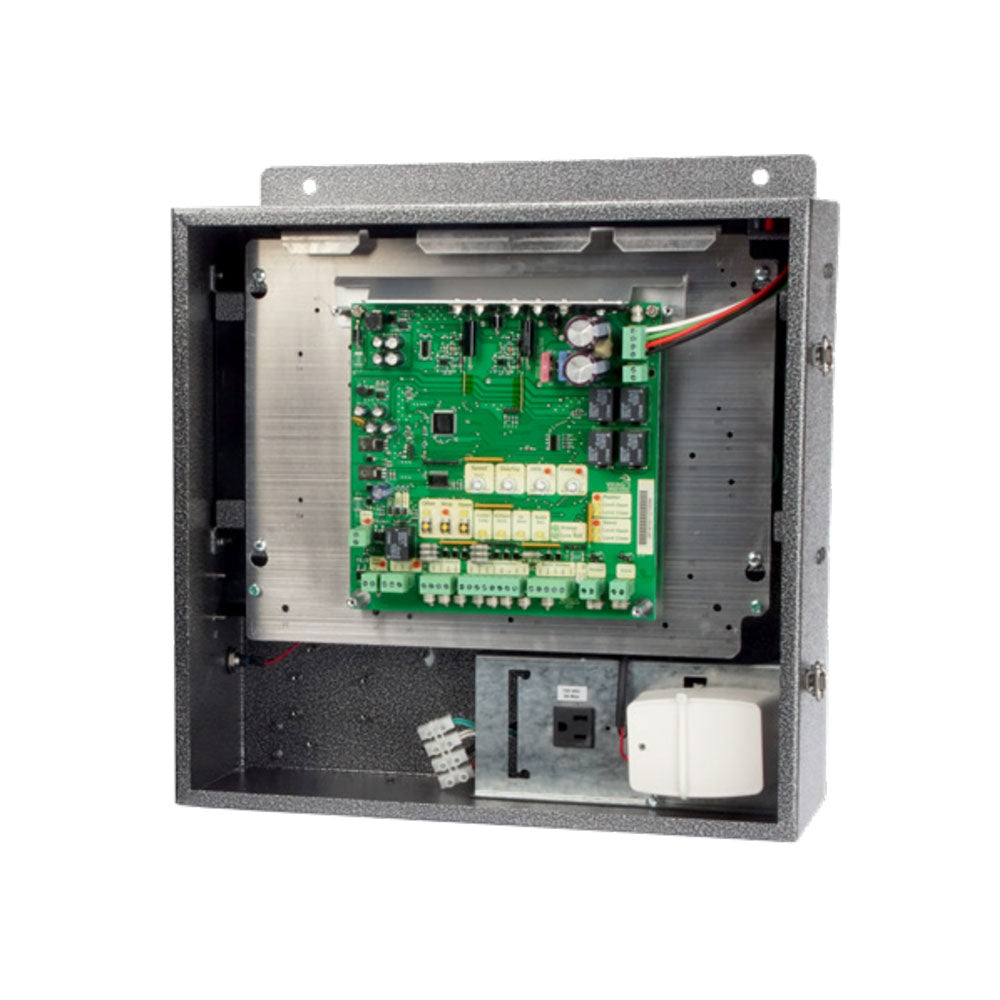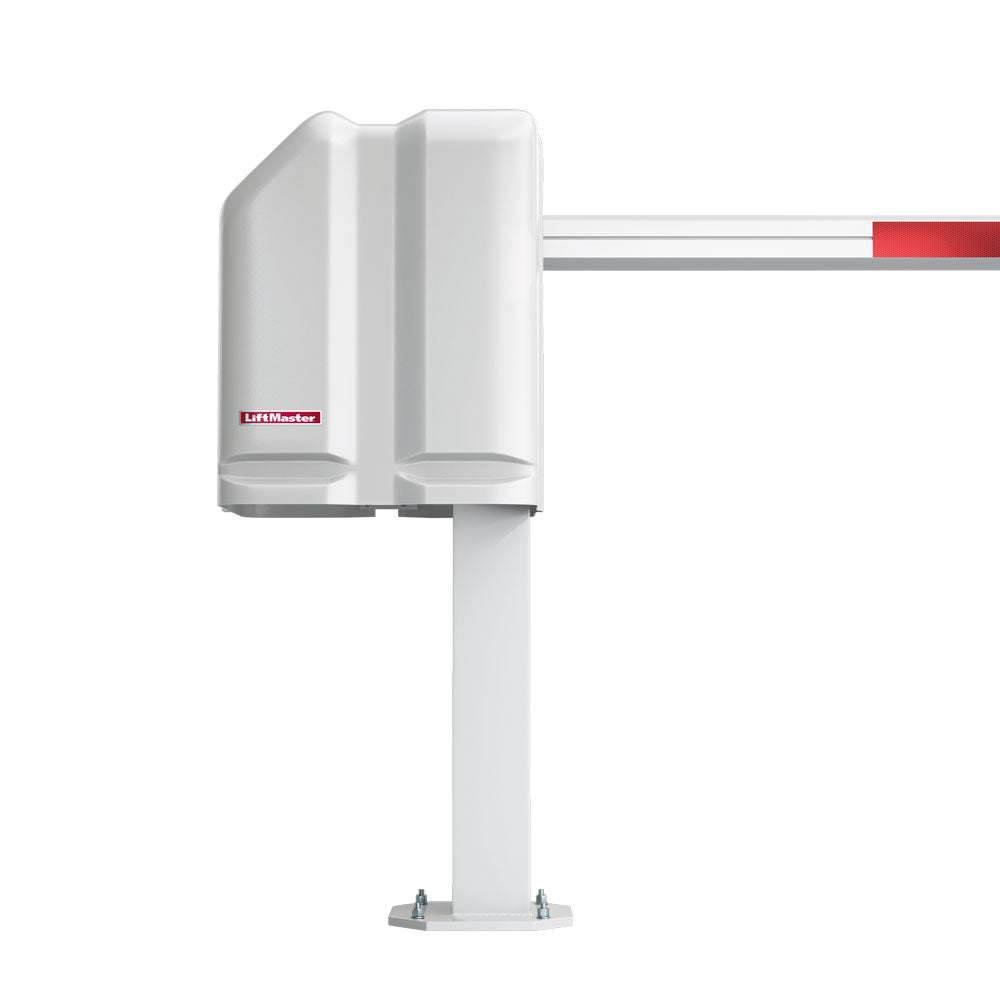Your garage door opener system works hard every day—lifting, lowering, and securing one of the largest moving parts in your home. Like any mechanical system, it needs regular maintenance to run smoothly and safely. A simple monthly checklist can help you extend its lifespan, reduce costly repairs, and keep your family safe.
In this guide, we’ll walk through a step-by-step garage door opener systems maintenance routine that’s easy to follow, whether you’re using a chain drive opener, belt drive garage door opener, screw drive, or a retrofit garage door opener with existing track system.
Why Regular Maintenance Matters
-
Safety: Prevent accidents from worn-out springs, frayed cables, or misaligned sensors.
-
Longevity: Keep your opener running smoothly and avoid premature replacement.
-
Efficiency: Reduce noise and ensure balanced, smooth movement.
-
Peace of Mind: Ensure your garage—often a main entry point—is always secure.
Monthly Garage Door Opener Maintenance Checklist
1. Visual Inspection
Look over the entire garage door opener system:
-
Check the tracks for dents, rust, or debris.
-
Inspect rollers and hinges for wear.
-
Examine the belt drive, chain, or screw drive for fraying, stretching, or corrosion.
If you see visible damage, replace worn parts promptly. Explore our selection of garage door opener parts for professional-grade replacements.
2. Test Safety Features
Modern garage door openers include multiple safety mechanisms:
-
Auto-Reverse Test: Place a solid object (like a 2x4 piece of wood) under the door. The door should reverse immediately upon contact.
-
Photo Eye Sensors: Block the beam with your foot or an object while closing. The door should stop and reverse.
If these tests fail, troubleshoot with garage door opener accessories or call a professional.
3. Lubricate Moving Parts
Friction is a garage door’s worst enemy. Every month:
-
Apply a silicone-based lubricant to rollers, hinges, and springs.
-
Lubricate the chain drive or screw drive (skip this step for most belt drives, which are often self-lubricating).
This simple step reduces noise and prevents premature wear.
4. Test Manual Release
Your opener has a manual release cord—usually red—used during power outages. Pull it and open the door manually to ensure the mechanism works.
This step is especially important if you don’t have a battery backup system. If you need one, explore our garage door openers with built-in backup for added security.
5. Tighten Hardware
Vibration from daily operation can loosen nuts and bolts. Each month:
-
Tighten brackets, hinges, and track supports.
-
Ensure mounting bolts on the opener unit itself are secure.
6. Clean and Organize Around the Garage Door System
Clutter can interfere with operation and safety. Keep storage clear from the opener tracks and sensors.
For better garage organization, check out:
7. Test the Balance of the Door
Disconnect the opener with the manual release and lift the door halfway. If it stays in place, it’s balanced. If it falls or rises, the springs may need adjustment. Call a professional for spring service—this repair can be dangerous.
8. Check Remote Controls and Keypads
-
Replace remote batteries annually (or sooner if weak).
-
Test your garage door keypad and reprogram PIN codes as needed for security.
9. Listen for Unusual Sounds
Grinding, squeaking, or clunking noises are early warning signs. Belt drives are usually the quietest, while chain and screw drives make more noise but should still sound consistent. Any new noises may signal a part that needs adjustment or replacement.
Signs You May Need a Retrofit or Upgrade
If your opener is 15+ years old, lacks modern safety features, or doesn’t support Wi-Fi smart home integration, consider upgrading. A retrofit garage door opener with existing track system can modernize your garage without replacing the entire door.
Explore our full line of commercial and residential door operators for advanced solutions.
Final Thoughts
Your garage door opener system is one of the hardest-working machines in your home. A quick monthly maintenance routine—inspecting, lubricating, testing, and tightening—goes a long way in ensuring reliability and safety.
By staying proactive, you can avoid costly repairs, extend the life of your opener, and enjoy quiet, smooth performance for years to come.
Ready to upgrade, repair, or accessorize? Explore our complete selection of garage door openers and garage door opener accessories today.

